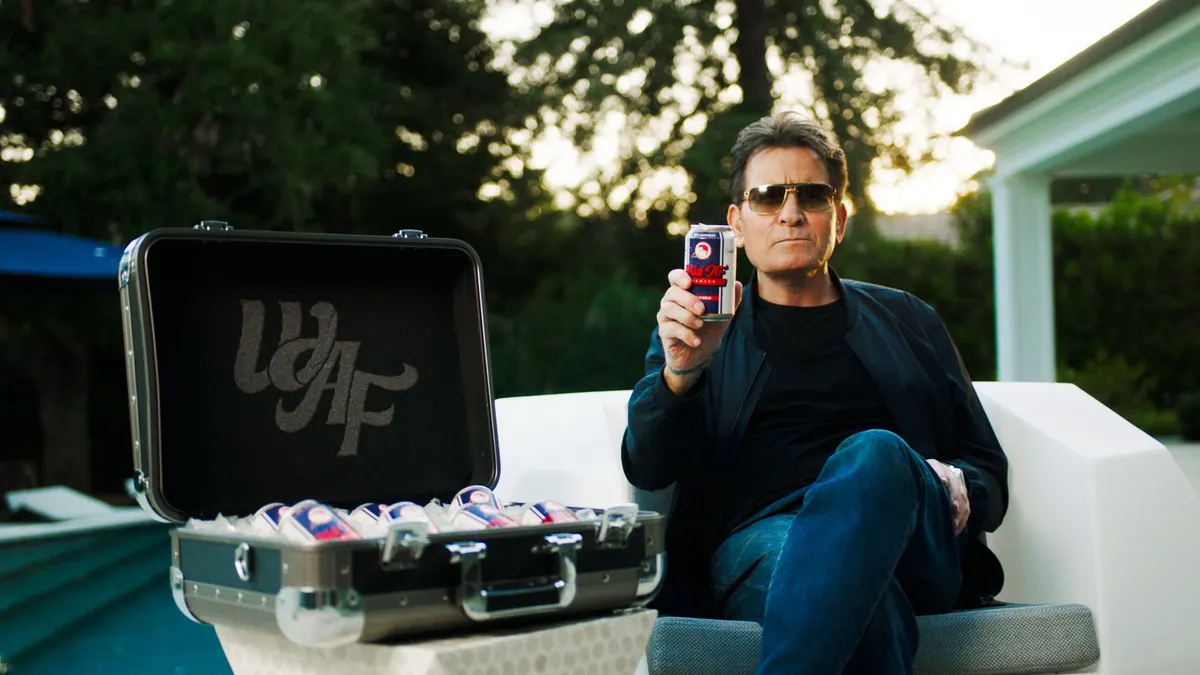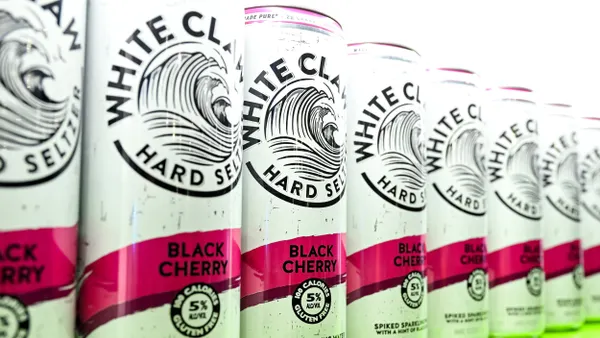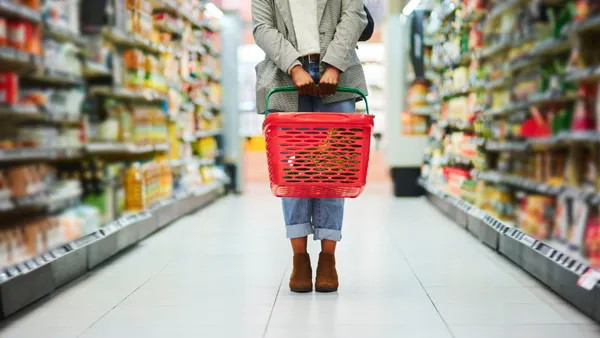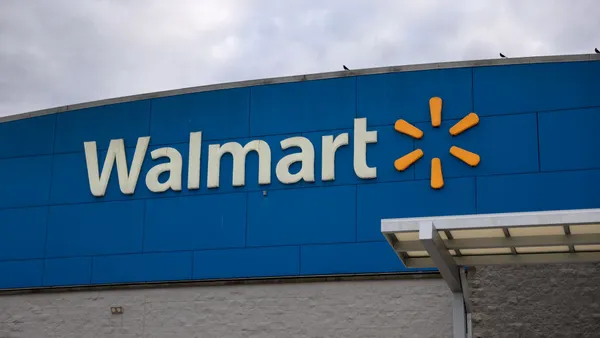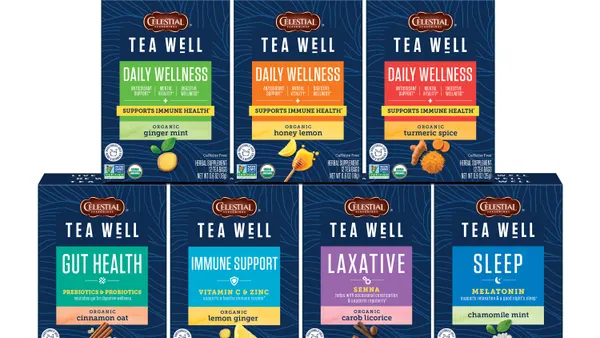Dive Brief:
- Craft spirits could become the hottest alcoholic beverage trend as interest in craft beer wanes, according to Barron’s. Craft spirits are in a similar position that craft beer was in 15 years ago, with the potential to nab 10% to 20% of market share.
- Barron's says craft beer sales may be leveling off because of market saturation, a greater variety of brands and big beer companies getting involved in the market.
- While craft spirits could be the next big drink trend, companies producing them will face greater challenges getting into the market than those who made craft beer. A higher level of expertise is needed, spirits take more production time, and there are already a number of high-quality spirits owned by big brands.
Dive Insight:
According to Brewbound and IRI Worldwide, craft beer’s growth slowed to 4% by volume last year — the first time it hasn’t increased by double-digit percentage points since 2004. Market saturation may be part of the culprit here, The number of breweries in the U.S. has increased from 1,447 in 2005 to 5,005 at the end of 2016. Much of that growth is tied to craft brews. In addition, big beer makers are buying popular start-ups and expanding their reach, which could crowd out smaller productions.
But there are signs of new life in the spirits market. According to The Wall Street Journal, U.S. spirits sales jumped 2.6% last year, more than double the growth in wine sales. Vintage cocktails — like old fashioned and Manhattans — are now en vogue with millennials, spurring the interest in spirits like whiskey, bourbon, tequila and gin
A survey last year found millennials drink more alcohol than Generation X and baby boomers. Researchers also have noted millennials experiment more often with alcohol brands and types, which could help new craft spirit brands get a foothold in the market. If Barron’s predictions are correct, craft spirits could eventually claim 10% to 20% of alll market share.
The potential shift isn't without real challenges. There is a greater need for expertise when setting up and maintaining a spirits operation. Most spirits need to be aged for years — not months — before they’re ready to be tasted. Lastly, there are already high-quality spirits with loyal customers who may not be inclined to pay the same price for an unknown brand.
Large liquor companies are already on the hunt for potentially successful craft spirits operations, having learned from big beer makers' mistake of not jumping into craft production and M&A right away. Diageo recently announced a $1 billion deal for Casamigos, a high-end tequila owned in part by actor George Clooney. Expect to see other liquor conglomerates announce craft spirit acquisitions of their own soon.


